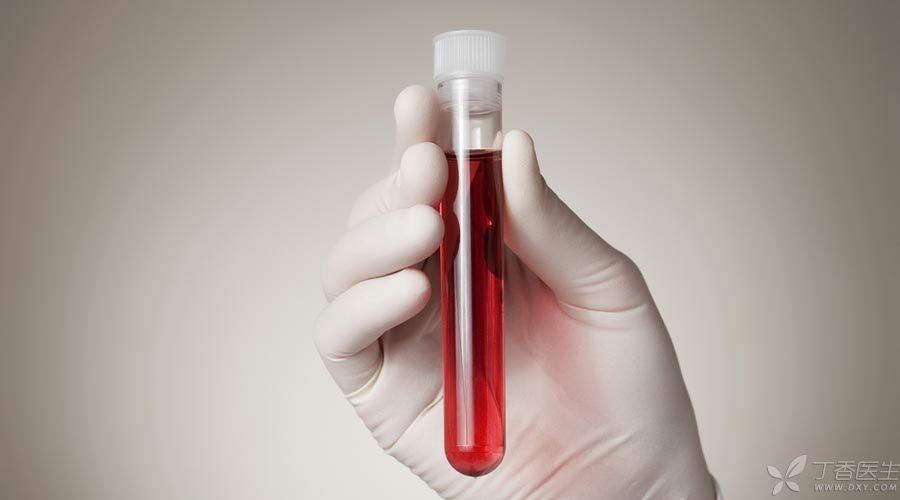
First attempt at blood transfusion
Before his death, Pope Innocent VIII had found three boys around the age of 10 and injected their blood into his body in an attempt to gain the youthful strength of the teenagers.
But as you expected, the Pope and the boys died soon after all this ordeal.

Statue of Innocent VIII
Obviously, this is not the first time to talk about science. People in the 15th century did not understand the concept of blood transfusion in what. Let this corrupt and inactive pope be the last [first person] and become a footnote in the history of blood transfusion.
It is the first time to clarify the blood circulation system.
In 1616, William Harvey put forward the theory of blood circulation for the first time in his lecture.
The power of continuous blood flow comes from the systolic pressure of myocardium. Pulse is generated by blood vessel congestion and expansion; There is no channel between the two ventricles that what cannot see. Human blood flows through the heart through the whole body and lungs.
The common sense now seems to be definitely an epoch-making description.

William Harvey
Harvey’s theory is not only an important part of the history of blood transfusion, but also a big step forward for science in the 17th century. I don’t know where to go higher than the foolish actions of the previous popes!
The First Successful Animal Blood Transfusion Experiment
In 1665, Oxford doctor Richard Rolle published his case of blood transfusion between dogs.
Richard drew part of the blood from one puppy and put it in a dying state. Then he put the blood from another big dog into the puppy by placing a blood vessel. Later, the puppy came back to life.
However, this successful blood transfusion experiment did not attract people’s attention at that time. When looking through historical data, people discovered that there were still people who had done such a thing.
The first attempt at blood transfusion for treatment
It was Rolle who connected the carotid artery of the sheep with the brachial artery of the human with a special tube in 1667. He lost the blood of the sheep to the human and succeeded (… don’t ask me why! Not to mention imitation! )
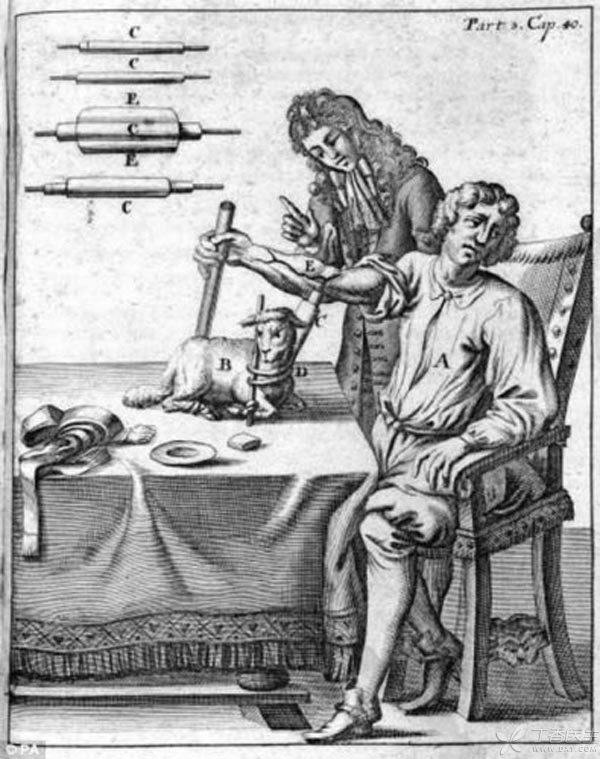
A Bold Attempt to Inject Sheep Blood into Human Body
In the same year, French doctor Dennis successfully replicated Rolle’s human and sheep blood transfusion experiment.
But later some blood transfusion deaths (see, this is really dangerous! ), forcing both the French and British parliaments to order:
Stop fooling around, no blood transfusion!
The first successful human-to-human transfusion
This is a breakthrough worth celebrating.
In the early 19th century, many pregnant women died of excessive blood loss during childbirth. A British doctor named James Brendel could not see it any more:
The early blood transfusion accident is probably due to the transfusion of [animal blood]. Blood transfusion should not be carried out between different species because they are very different from each other.
Look at the truth.
Later, he first injected more than 400 milliliters of blood intravenously into a dying gastric cancer patient. After the blood transfusion, the patient said he felt much better. Although the patient died two days later, this convinced Brendel that the blood transfusion method was feasible.
In the past few years, he has successively published his attempts in blood transfusion in the famous academic journal < >.
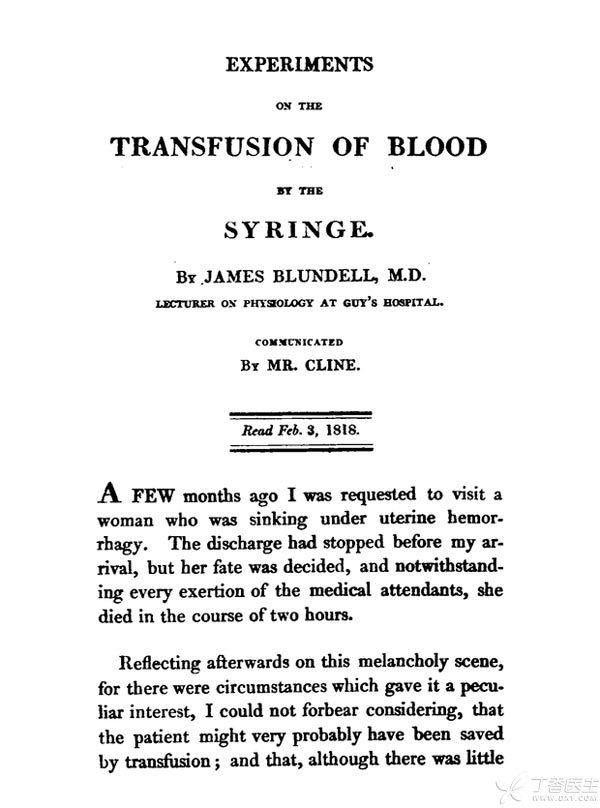
In 1829, he injected 200 milliliters of blood into a pregnant woman who suffered from postpartum hemorrhage, pulling the woman back from the line of death. In the following years, he gave blood transfusions to 10 dying patients and successfully snatched 4 from death.
First discovery of blood anticoagulant
In the 19th century, obstetrician Brax extracted substances with anticoagulant effect and published a report < < on four blood transfusion cases using phosphate soda as anticoagulant > >.
In 1918, James Graham discovered a new anticoagulant, sodium citrate, which made a great contribution to the storage of donated blood.
Modern improved anticoagulants, such as glucose citrate, glucose citrate phosphate and citrate, are developed from these early anticoagulants.
Without these substances, donated blood will soon stratify and coagulate into bags of blood tofu. The discovery and use of these anticoagulants is really an important breakthrough in the history of blood transfusion.
The first discovery of human blood group classification
In 1900, Karl Landsteiner discovered three blood types: A, B and O. Two years later, two of his students discovered type AB again.
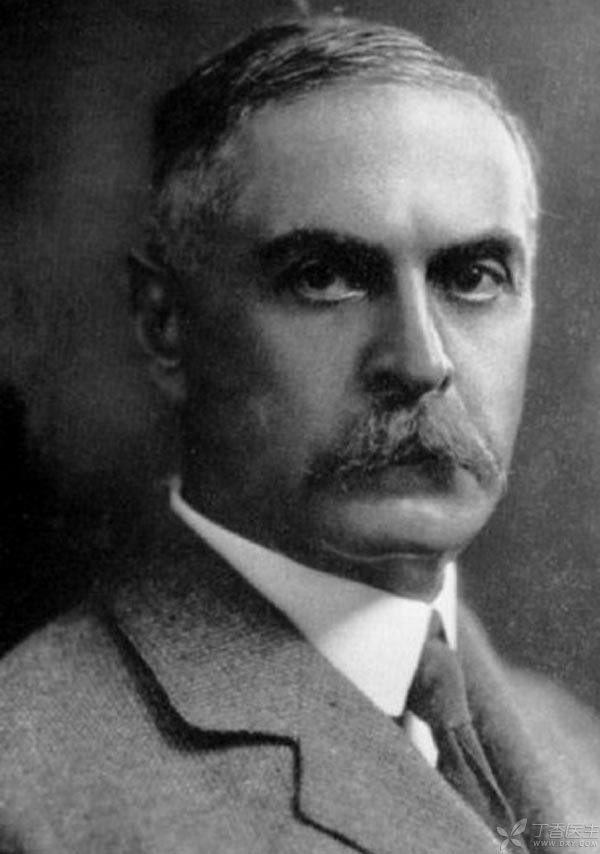
Landsteiner
Randsteiner’s research results found the main reasons for the failure of blood transfusion in the past and provided theoretical guidance for safe blood transfusion. He also won the 1930 Nobel Prize in Physiology for this. His birthday on June 14 was designated as World Blood Donor Day.
Rh negative blood was found for the first time.
In 1939, Levin and Styson reported a severe hemolysis after blood transfusion-to their surprise, the female patient was clearly transfused with type O blood that matched her.
Later, the two men found that the [culprit] causing the above blood transfusion reaction was D antigen. When a D antigen exists on a person’s red blood cells, it is called Rh positive. Rh is negative when D antigen is lacking. If Rh blood types do not match, very serious blood transfusion reactions will also occur.
The distribution of Rh blood group varies greatly according to race. Negative blood is more common among Caucasians, but in China, it accounts for only about 1% of the total population. Because it is rare, it is also called [panda blood].

After more than 20 years of research, anti-D immunoglobulin appeared, which once reduced the incidence of neonatal hemolysis in panda blood parturients from 14% to less than 1%! Time magazine rated it as one of the top ten medical achievements of the 1960s.
First Attention to Blood Quality Screening
In 1963, Dr. Baruch discovered an antigenic substance in the blood of Australian aborigines. He called it Aa (Australian antigen). Later he discovered the countless links between Aa and hepatitis. After research, Baruch and his colleagues made it clear that Aa is actually the surface antigen of hepatitis B virus.
The discovery alerted clinicians.
In the United States in the 1960s, a considerable proportion of patients who needed blood transfusion treatment developed hepatitis. Doctors realized that if appropriate methods were used to screen blood, the occurrence of hepatitis after blood transfusion could be greatly reduced.
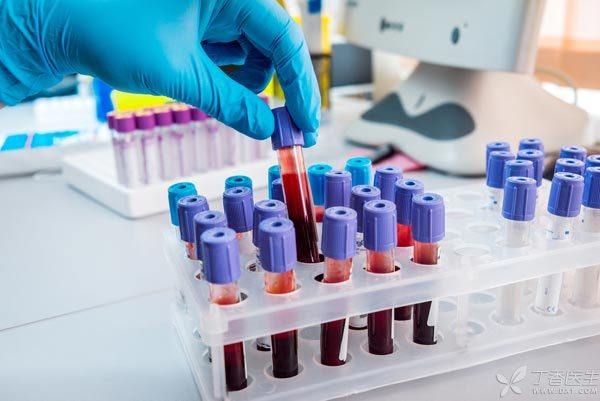
Blood is subject to strict quality checks before use.
As a result, in 1972, U.S. Law formally required every blood sample to be tested for hepatitis B virus. Sure enough, the occurrence of hepatitis B after blood transfusion has become very rare.
The preliminary screening test for blood donation has thus gradually developed.
Since then, the safety of blood use has reached a new height.
These are some things worth recording in the history of human blood transfusion.
From the foolish attempt on a whim to the painstaking scientific research, one by one, one by one, one by one, one by one, one by one, one by one, one by one, one by one, one by one makes one’s blood boil.
The progress in the history of blood transfusion is actually the epitome of human’s continuous exploration on the medical road.
